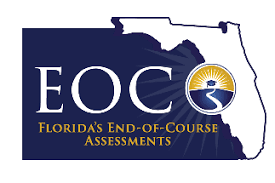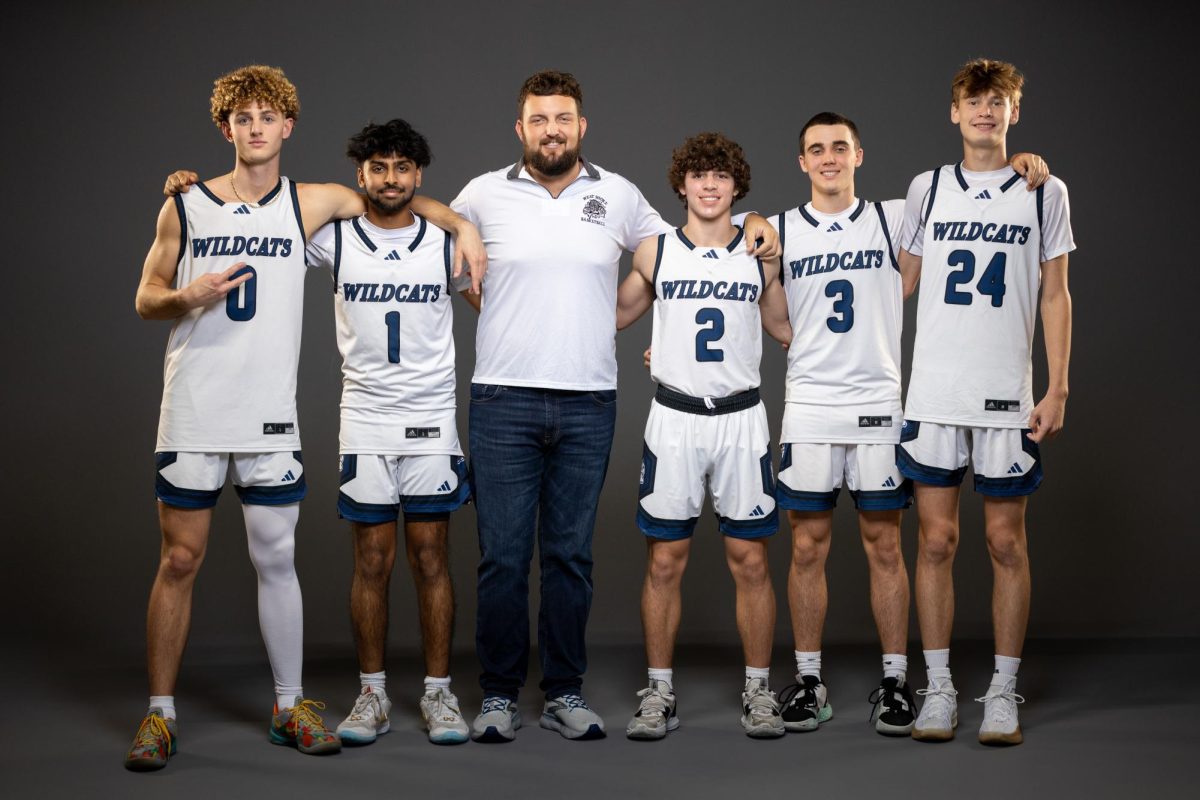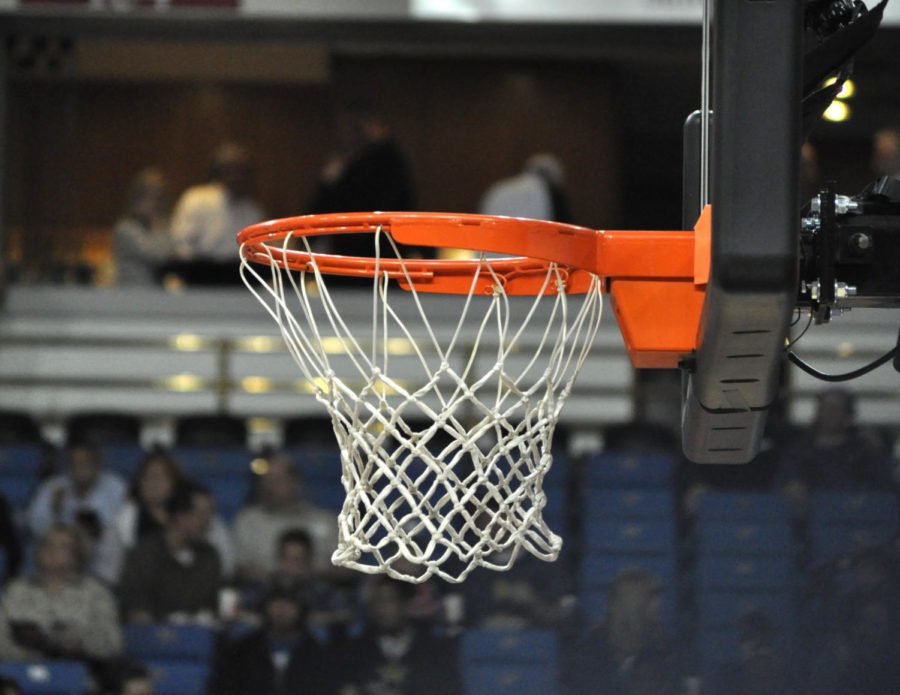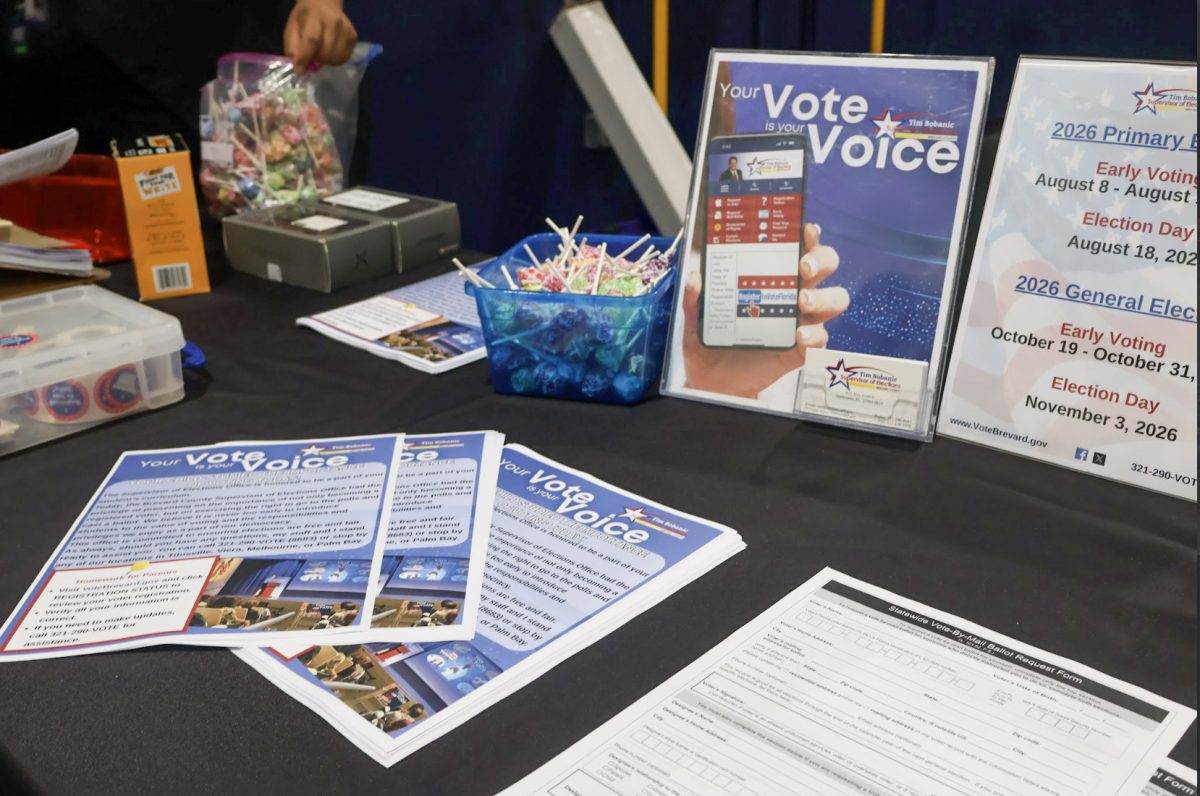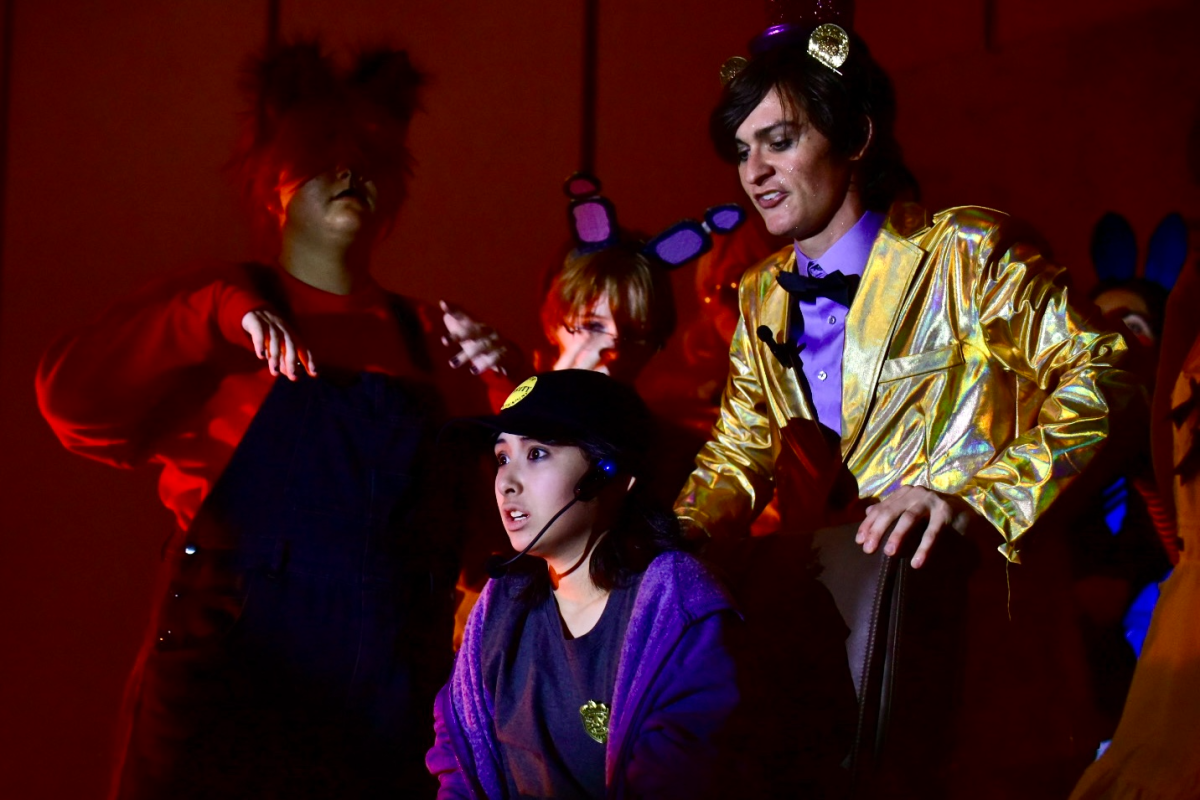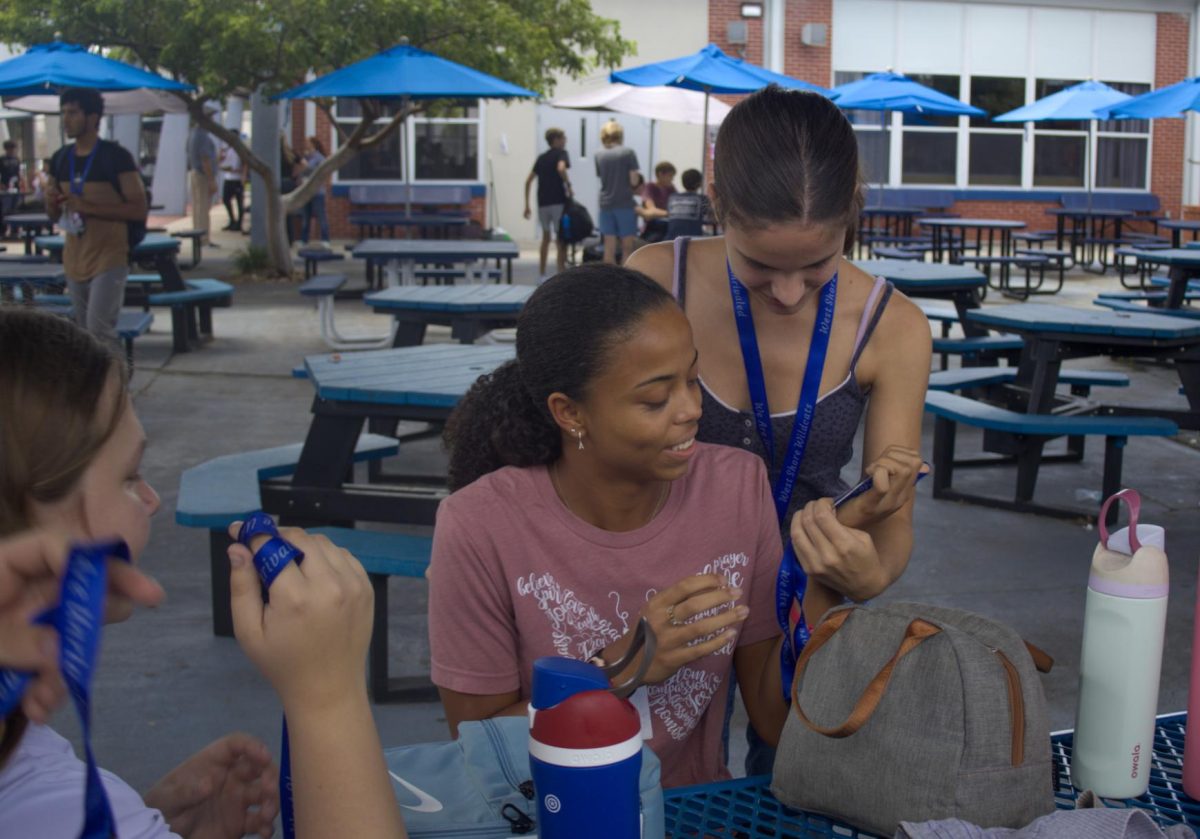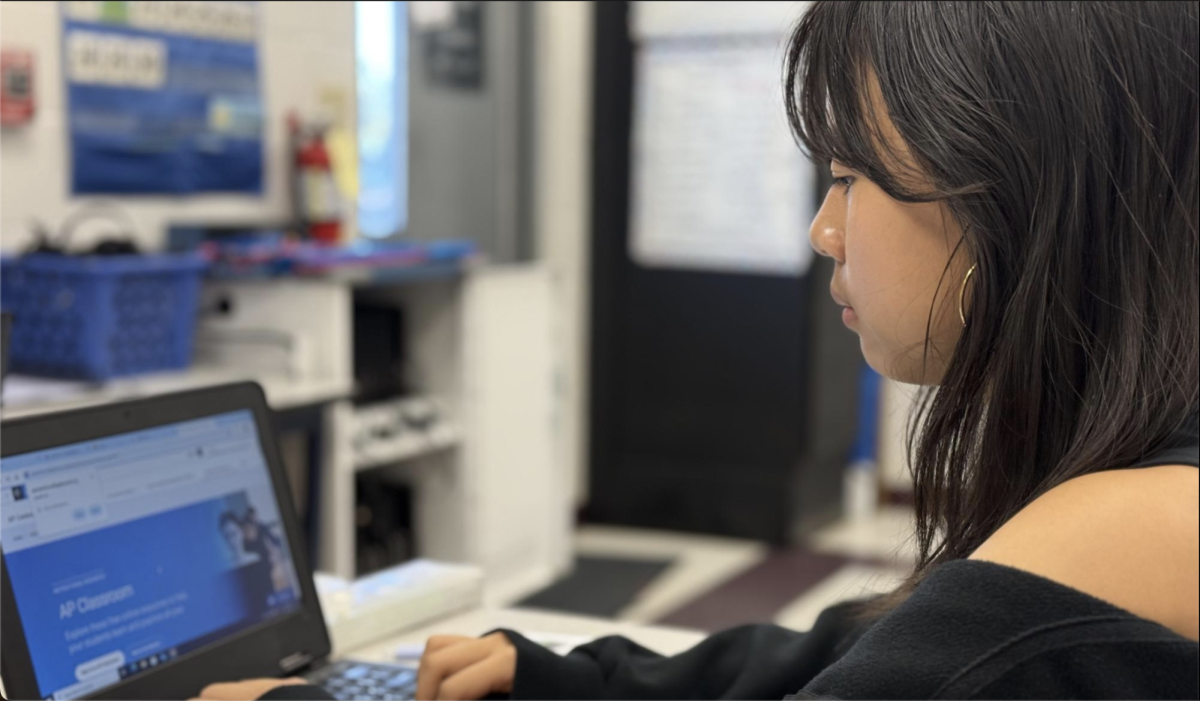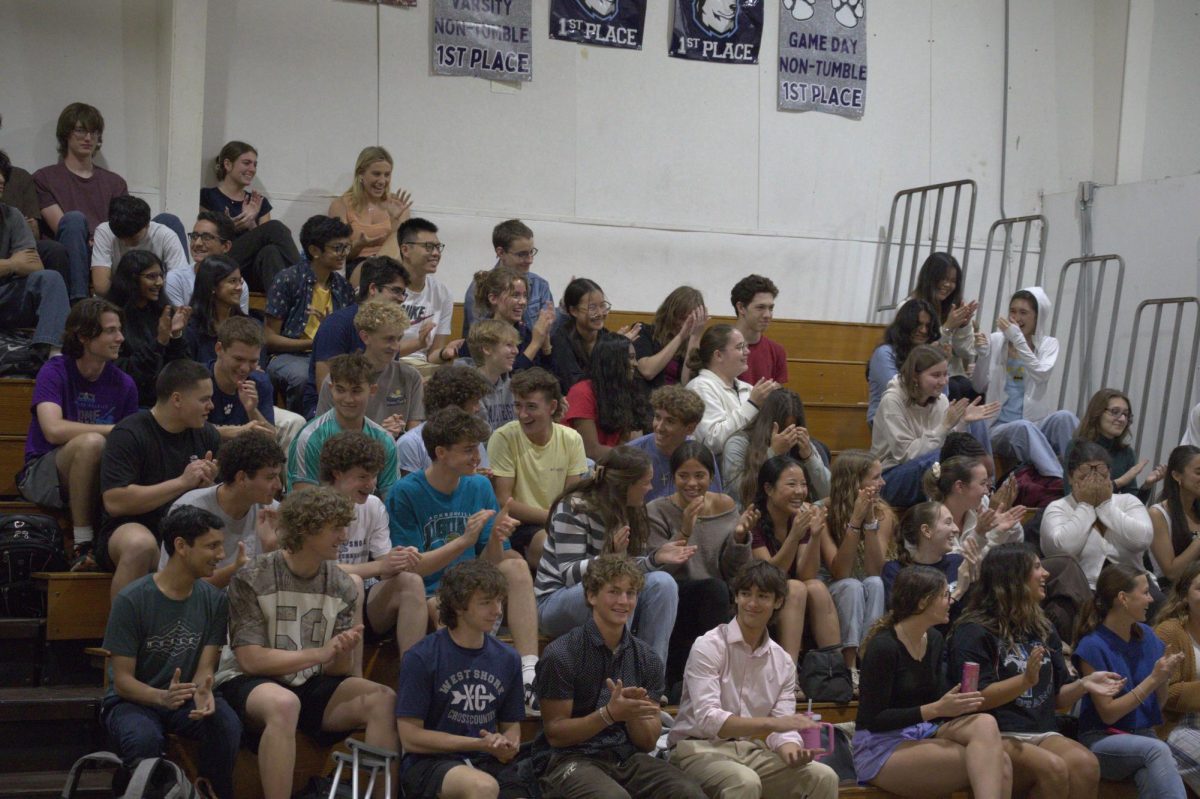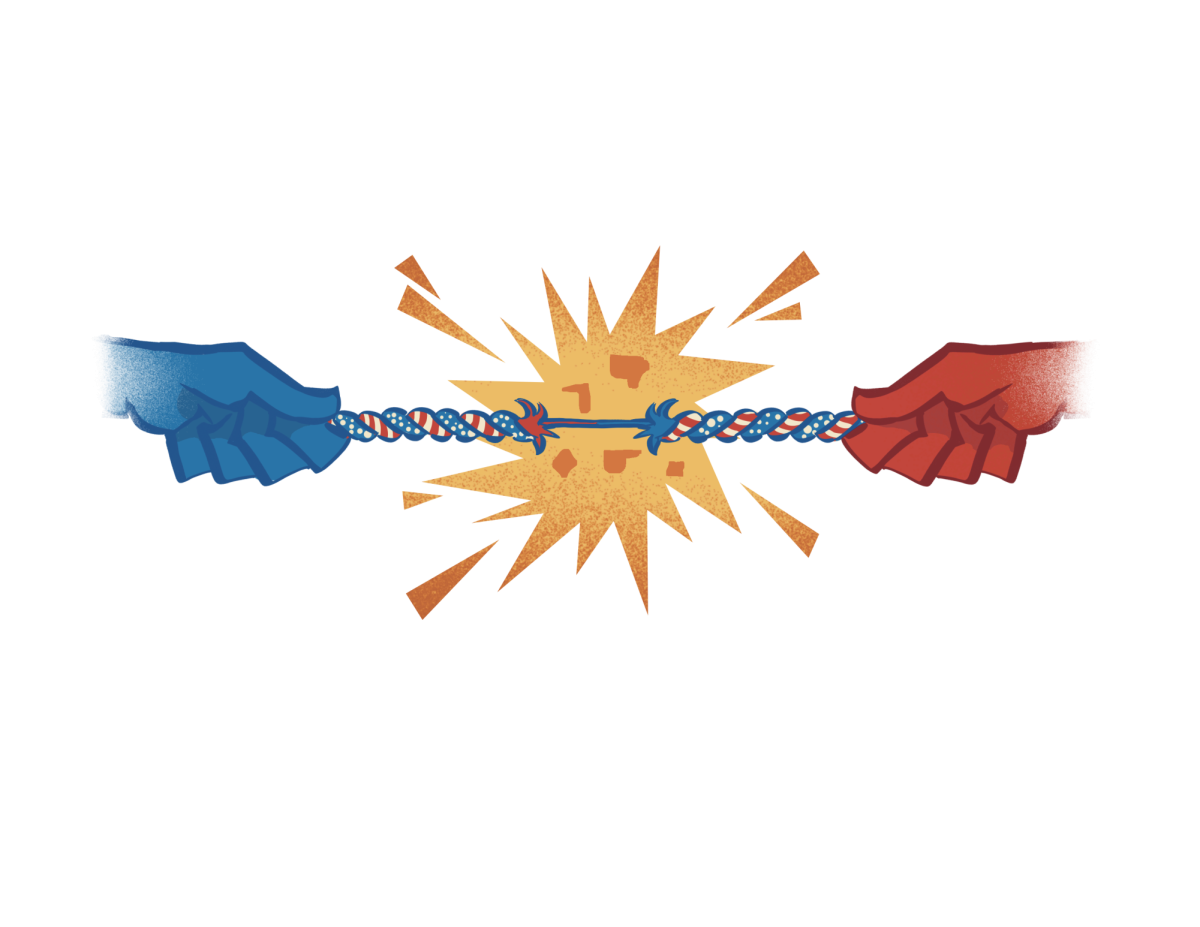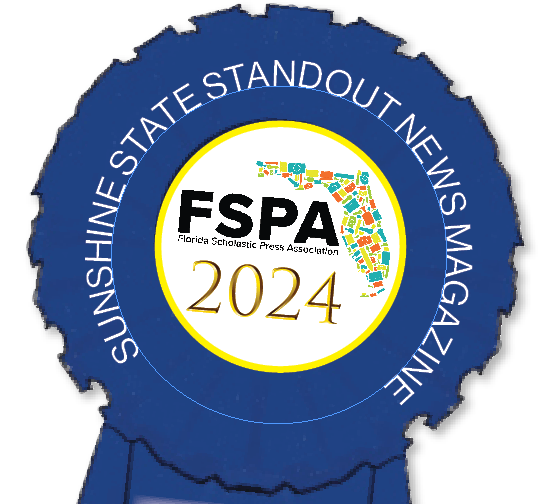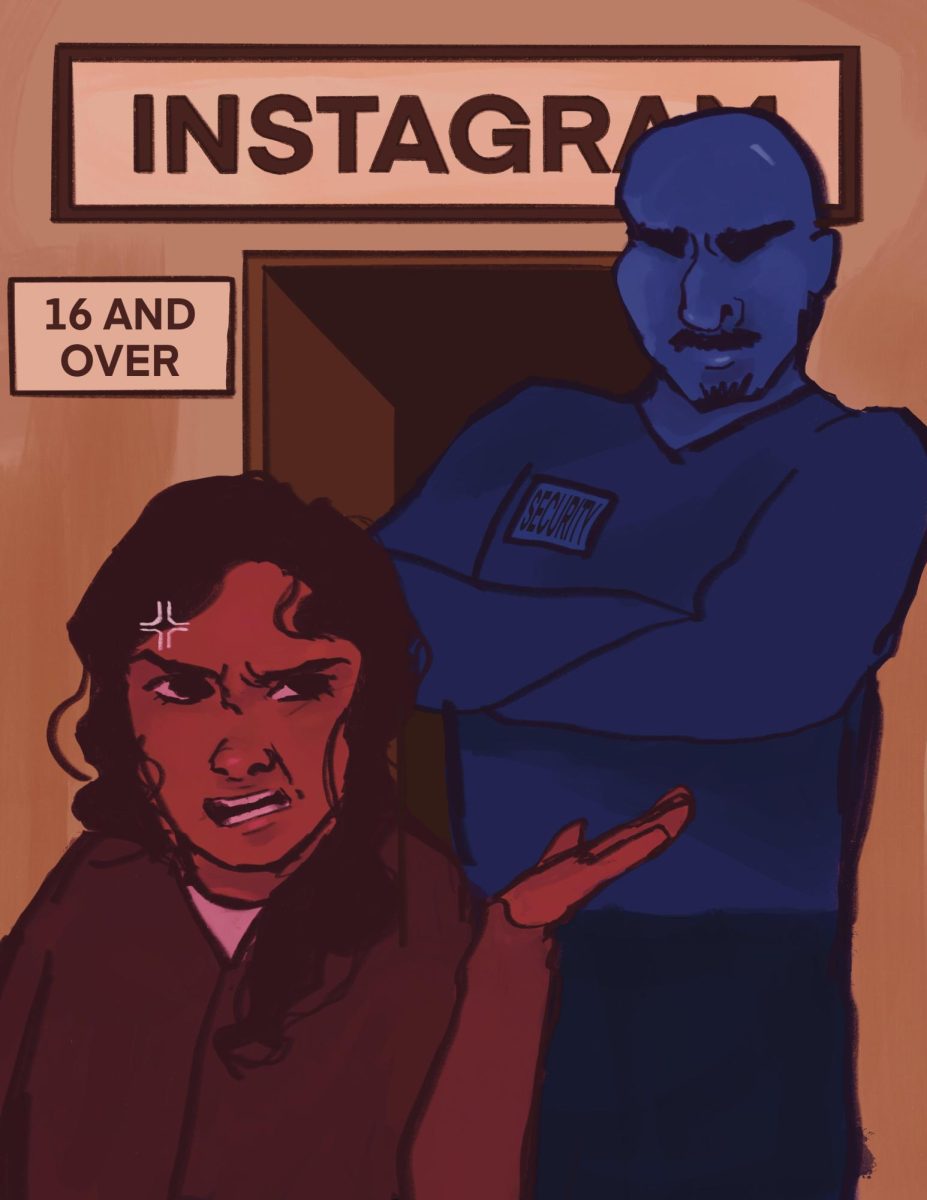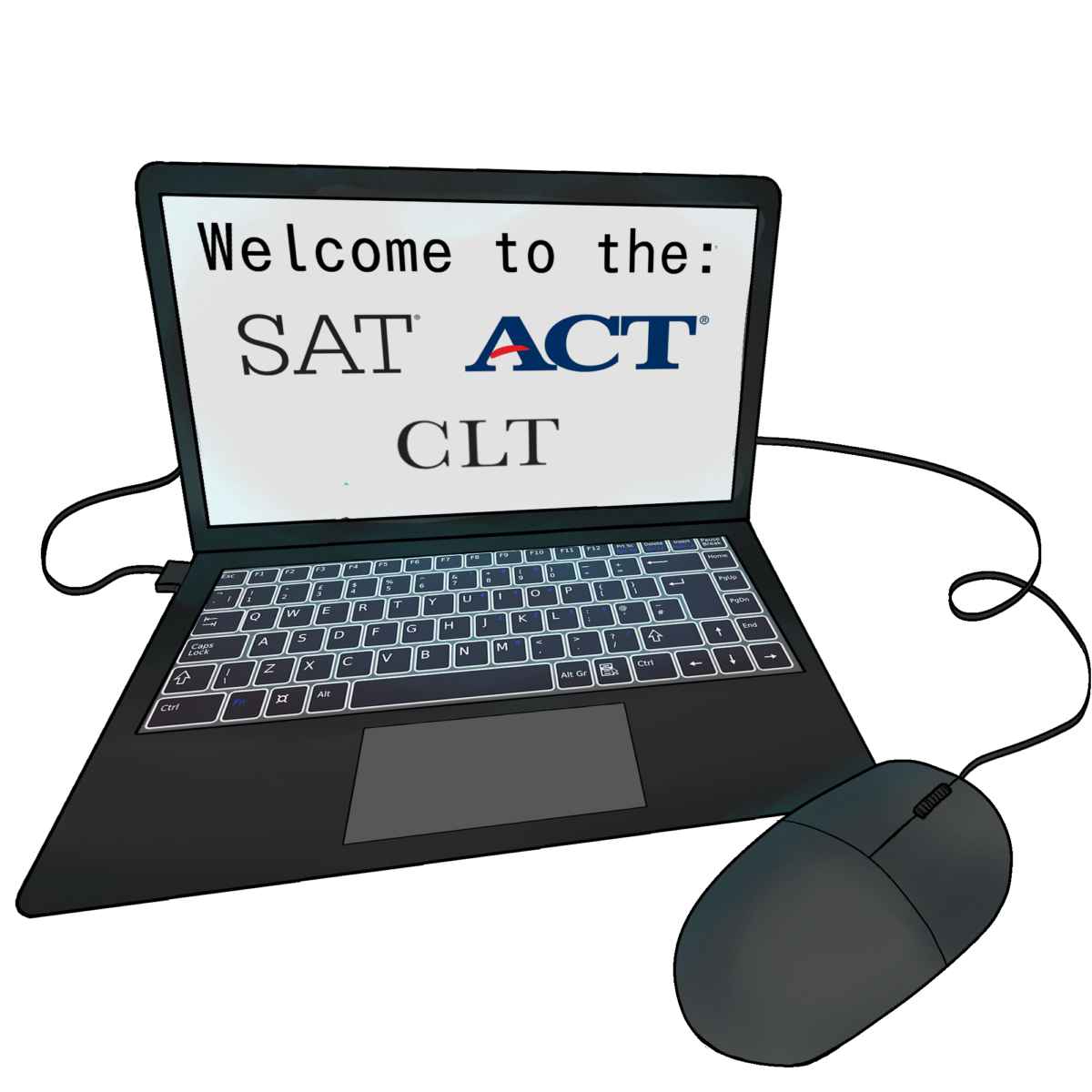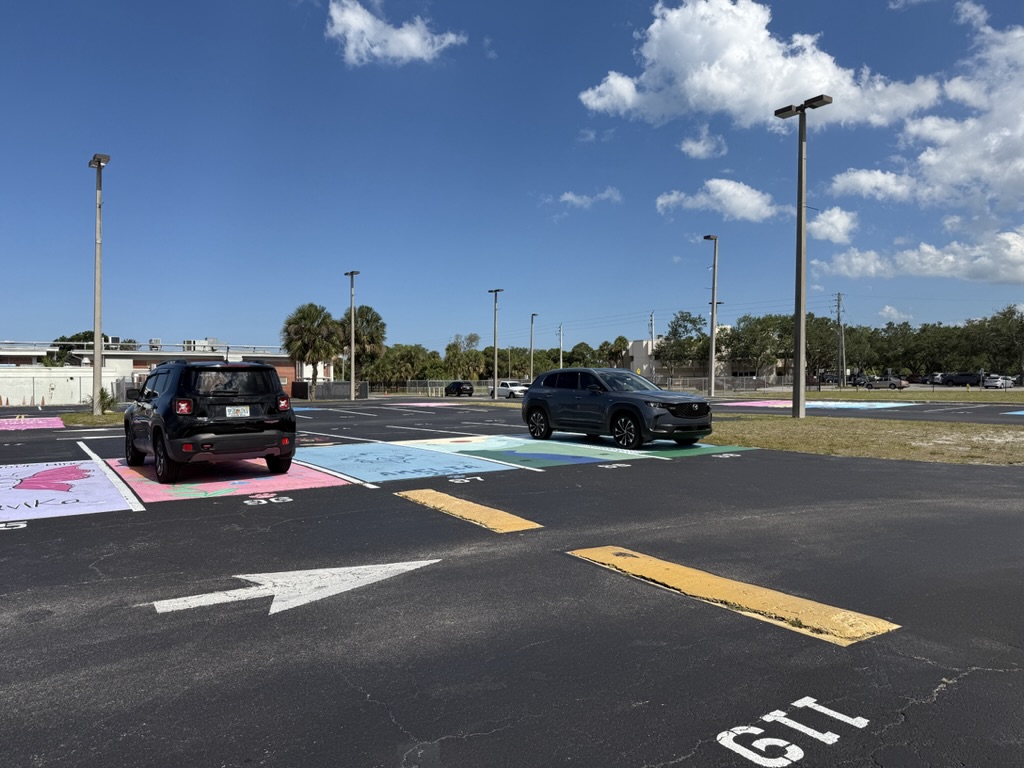PSAT/SAT
As sophomore Claire Chen enters her testing room to take the PSAT on Oct. 4, a sea of computers, rather than boxes of test booklets, greets her. The College Board no longer offers a paper-and-pencil version of the PSAT.
“I was genuinely surprised when I found out that [the PSAT] is going digital,” Chen said.
The College Board has made several changes to the PSAT and SAT due to its digitization, including its structure and the amount of time per question. According to Khan Academy, “Both [digital SAT and PSAT] will include one Reading and Writing section and one Math section. Test-takers have 64 minutes to complete the Reading and Writing section, which is divided into two 32-minute modules and contains 54 questions in total. Test-takers have 70 minutes to complete the Math section, which is divided into two 35-minute modules and has 44 questions total.”
The College Board will use the platform Bluebook to conduct the exam. Bluebook will lock students out of previous modules—previously called sections— as soon as they advance into other modules. Each student will receive the same amount of time to complete each module, meaning students may have breaks at different times.
The digital PSAT and SAT will feature a multistage adaptive testing, which means the difficulty of questions students receive in the second module of each section depends on how the student performed on the first module.
Additionally, students can use a calculator on all math questions on the PSAT and SAT. Bluebook will provide a built-in calculator, but students may bring their own. Chen said although she is comfortable with the digital change, she has disdain for adaptive testing.
“[Adaptive testing] has become so overused in testing,” she said. “I’m just sick of it at this point. It could also give other students more advantages to get a higher score if they get easier questions. I don’t find that fair at all.”
The digital SAT will last two hours versus three hours, and according to the College Board, students will have more time per question. The reading passages will be shorter with one question to answer for each passage, unlike the original 10 questions per passage.
The SAT will be administered digitally beginning March 9. Senior Taylor Reid said she is “not a fan” of virtual exams.
“It is much more difficult to keep a train of thought and to write out work on a scratch piece of paper than it is to have it on the actual test booklet itself,” Reid said.
Senior Morgan Cartaino said she approves of digital testing.
“It’s smart,” Cartaino said. “[Paper-and-pencil] testing wastes a lot of paper, so if you’re thinking environmentally, an online test would be better. But, I can see how it might be a difficulty for students who learn better using paper [and] pencil, especially with math and reading. It depends on what learning style works for you. It’s cool to have multiple options, like you can take [paper-and-pencil] tests or you can do [them] online, depending on how you learn best.”
According to Reid, the switch will be less impactful for younger students.
“I feel like it probably won’t affect them as heavily as it will [students] who are already used to [written exams] because they’re new and learning how to take the test anyway,” she said. “I still hold to the principle that math and science should be written on the booklet. Traditionally, that tends to work out better for testing scores than anything else.”
ACT
Another college placement exam change is on the horizon: West Shore will offer the ACT for juniors beginning April 23. The test will cost $60 per student. The ACT had been previously offered at West Shore in the early 2000s; however, it was discontinued in early 2010s. Former testing coordinator Mike Drake said that the ACT was discontinued due to parental discontentment.
“The PSAT was offered for sophomores, and the ACT was offered for juniors,” Drake said. “Parents didn’t like this because their kid was studying for the PSAT one year, and then studying for an entirely different test the next year.”
Reid said she is glad that the ACT is being offered again, mentioning students will benefit from this addition.
“I appreciate that, especially with the way the SAT’s [Bright Futures] requirements have been going up,” Reid said. “For some kids, having the extra option to take the ACT on campus when they’re going to be at school is going to be much nicer, and [the ACT Bright Futures score requirement] hasn’t changed. It’ll be a little easier and gives students an opportunity to try both out, see which one they test better in and then go from there.”
Students who meet Bright Futures requirements and score a 29 or higher on the ACT are eligible for the Florida Academic Scholars award (FAS), which covers 100 percent of tuition. Those who score a minimum of 25 on the ACT qualify for the Florida Medallion Scholars award (FMS), which pays for 75 percent of tuition.
In 2019, the FAS minimum SAT score was 1290, and the FMS minimum score was 1170. Currently, the FAS cutoff is 1340, and the FMS cutoff is 1210.
According to College Counselor Angela Feldbush, the SAT and ACT appeal to different students because the SAT has more time per question and doesn’t have a separate science section.
“A lot of students here are academically more inclined for science and STEM,” Feldbush said. “The SAT, by being limited to math and verbal, doesn’t necessarily hit their strengths as well. Getting a test that speaks to the strengths of our students is going to be beneficial for our kids, so I’m excited that we’re going to be offering it during the school day. I feel like our kids will do well on either of those tests, but they target different mindsets. Before you commit to retaking an SAT, it’s worth trying the ACT to see if you like it better.”
However, Feldbush said the school offers better preparation resources for the SAT, considering the ACT has not been administered in more than a decade.
“We could absolutely help somebody to sign up [for the ACT] and show them the portal and where the study materials are available,” Feldbush said. “But it’s just not something we have as much experience with as the SAT, so we’re less likely to offer kids advice as to how to do well on it.”
CLT
Another college placement exam entered the college admissions scene Sept 8. Florida’s state university system approved the Classic Learning Test for undergraduate admissions. Additionally, students can meet Bright Futures requirements through the CLT.
“The CLT is traditionally geared towards homeschool students,” Feldbush said. “A student who would do well on the CLT would be someone who’s either been to a school like Pineapple Cove, where they have a classical curriculum, or somebody who’s been to a Christian school, or who’s done homeschooling. Our curriculum is very well aligned with the SAT and the ACT, and all of the traditional college prep. In order to do well on the CLT, it might take extra work on the student’s part because we haven’t had an education that’s been focused in that way.”
According to Cartaino, the CLT has noticeable differences.
“The math [section] had a lot more geometry concepts, which I wasn’t as familiar with, where the SAT doesn’t go much into depth in geometry,” she said. “That shocked me, and the format of the questions are way different. I would recommend doing the practice tests to get used to the types of questions [the CLT will] ask because it’s pretty different.”
Feldbush said she has doubts about the CLT because of its recent emergence. There are no known students who have used the CLT for college admissions within Brevard County.
“Colleges are not going to understand that until they have some kids come in with experience on the CLT and they can set a baseline,” Feldbush said. “I wouldn’t encourage anybody to only take the CLT at this point because I think there’s not enough known about how the colleges are going to react to it. If you want to take it in addition to the SAT or ACT, it couldn’t hurt.”
Cartaino took the CLT on Sept.16 remotely. A proctor monitors the computer screen and video and audio. Additionally, testers must cover any TVs in the room and close the door. Cartaino said the at-home testing offers convenience.
“It was reassuring to know I didn’t have to be somewhere at a specific time in the morning because I work on Saturdays,” she said. “It’s hard for me to do a Saturday morning test because I have to work and make money, so it was nice that any time on Saturday, you can take the test from 12 a.m. to 12 p.m.”
According to the College Board, the SAT and the CLT cannot be compared accurately. In April, Classic Learning Initiatives published a concordance study, which relates the scores between tests. However, the College Board stated that “the concordance study published by CLT does not meet psychometric and industry standards on multiple dimensions.”
The College Board also said “the CLT has not published evidence of validity or predictiveness of college performance”. Additionally, the College Board reviewed a CLT practice test and “found that 25% of questions were below high school grade level.”
However, Cartaino said the CLT allows students who may not achieve Bright Futures eligibility with the SAT or ACT to earn Bright Futures.
“If you’re not having success with the ACT or the SAT, I would definitely recommend the CLT just to try a different process and see if an online format might be better for them or the question they’re asking,” Cartaino said. “They might do better with a different style of questions on the CLT. It’s always good to have that option.”
| Test | Sections (add subsection for time and questions) | Question type | Calculator | Score Range | Bright Futures requirement | Cost | Digital testing | Remote testing |
| SAT | Reading
Writing and Language Math (no calculator) Math (with calculator) |
Multiple choice and grid-in | Yes | 400-1600 | 75%: 1210
100%: 1340 |
$60 | No (fully digital March 9, 2024) | No |
| ACT | English
Math Reading Science |
Multiple choice | Yes | 1-36 | 75%: 25
100%: 29 |
$60 no writing, $85 with writing | Optional at certain test centers | No |
| CLT | Verbal Reasoning
Grammar and Writing Quantitative Reasoning |
Multiple choice | No | 0-120 | 75%: 84
100%: 96 |
$59 | Yes | Yes |
*Optional essay for ACT and CLT

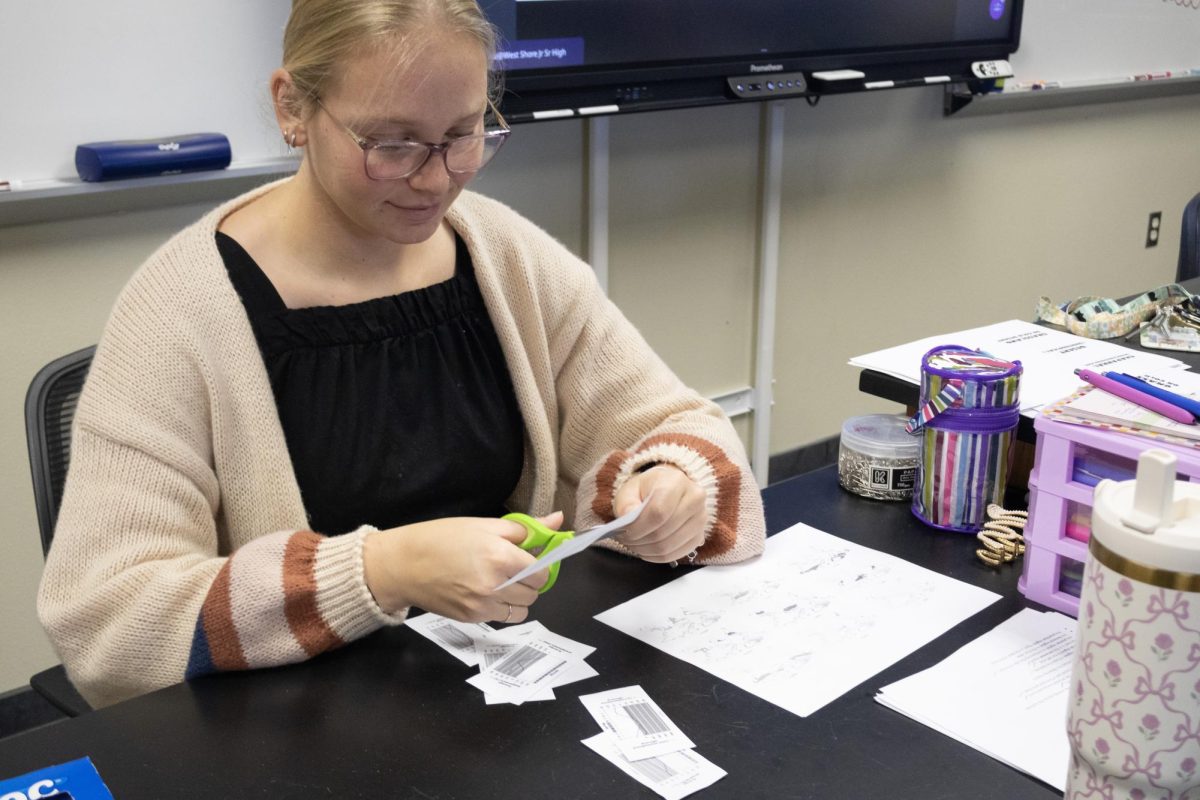
![Sophomore Isabelle Gaudry walks through the metal detector, monitored by School Resource Officer Valerie Butler, on Aug. 13. “I think [the students have] been adjusting really well," Butler said. "We've had no issues, no snafus. Everything's been running smoothly, and we've been getting kids to class on time.”](https://westshoreroar.com/wp-content/uploads/2025/08/IMG_9979-1200x800.jpg)


